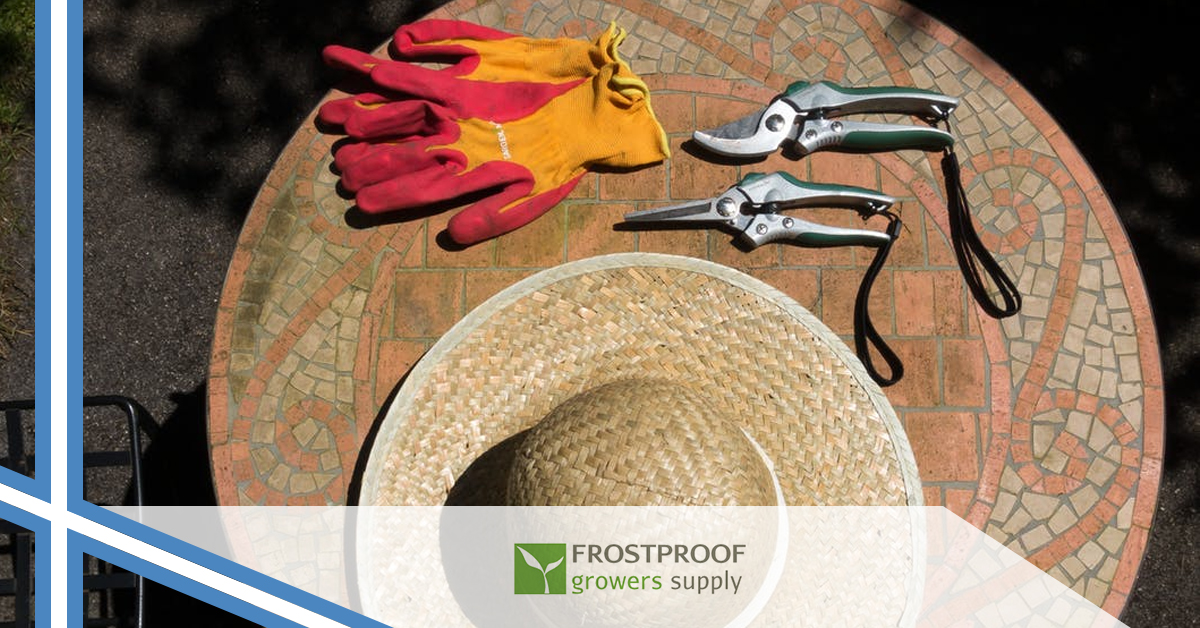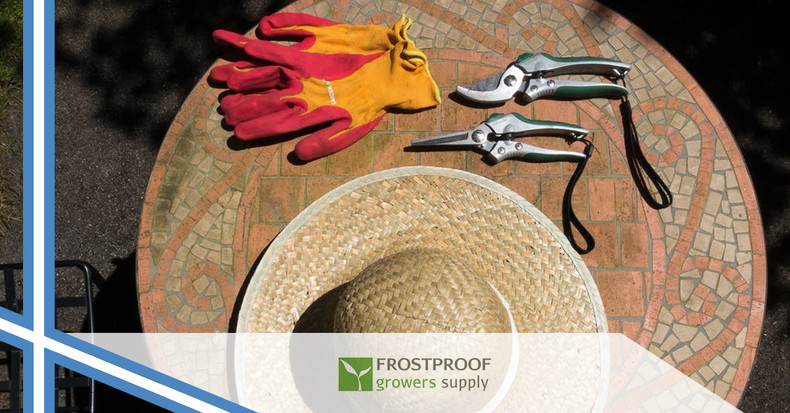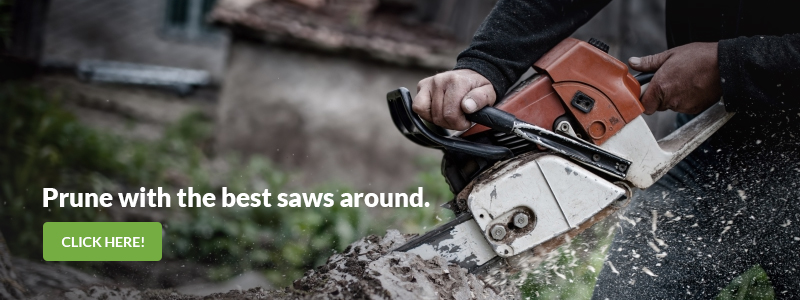
When you trim a tree, you’re technically harming it. After all, you’re using a sharp saw to remove parts of it, which can cause some people to wonder “why would you ever do such a thing?” Well, in our previous blog we discussed a few of the most common reasons that people might choose to prune a tree in order to actually make it healthier. We talked about how fungus is more likely to grow in the interior of a tree that’s too dense, because that part might not get enough sunlight and wind to dry up the rain. We also talked about why it’s so important to trim some smaller branches so that the tree puts more energy into its core branches. Of course, some people choose to use a pole saw to shape a tree as they like it: some people want taller trees, some want them to be a bit wider. Either way is likely making a tree stronger.
But that blog wasn’t nearly enough space to describe all of the reasons that someone might choose to grab a saw and start shaping a tree. Let’s take a look at a few more reasons trimming a tree can make it an overall better tree.
To Encourage Fruit Production
A plant only has so much energy to spare, and you don’t want that energy going into scrawny little twigs and their leaves that will just clutter up the center of the tree. Instead, pruning the smaller branches means that it will put more energy into the fruit, which means a better harvest. Those smaller branches will seldom amount to anything, so instead of waiting for years to trim them then taking them to the recycling center, have the tree put all of the energy into trunk and fruit growth now.
To Strengthen It So That It Can Hold Fruit
Sometimes a small tree will bear large fruit, or have so much fruit on a small branch that the branches will bend and possibly even break. While it’s great to have ample fruit, it’s important to trim a tree so that it has fewer and larger branches. Otherwise the branch might break off before the fruit is ripe, and you’re left with a severely damaged tree and no fruit. Properly pruning a tree so that it’s strong will allow it to hold up to the weight of the fruit (and the blowing of storms) for years to come.
To Remove Broken Branches
Speaking of broken branches, whether they’re on fruit trees or not, it’s important to remove them for a number of reasons. First of all, a damaged branch simply invites more problems for the tree, such as insects, bacteria, or viruses. A broken branch will eventually come down, but when it does it might strip the bark down the trunk, and that means even more damage to the tree.
Of course, not knowing when it’s coming down is a safety concern. Some broken branches are certainly large enough that they could seriously injure or even kill someone. It could also come down your house, and it could break additional branches on the way down.
When a branch is broken, it’s important to call an arborist (or grab a pole saw) and get the problem taken care of immediately. Trim the broken branch off, then use some wound spray to protect the even cut.
To Remove Infested or Infected Branches
Broken branches might be dead, but not all dead branches are broken. Branches can die for many reasons, insects and disease being the two primary reasons. Either way, you’ll want to remove them as soon as possible. Removing infested parts of the tree can save it from insects that have taken over part of it, and removing infected branches can prevent a disease or fungus from moving to a different part. After you’ve removed those branches, read up on the problem so that you know what to look for on the healthy parts of the tree so that you can react quickly should the problem spread anyway.
To Fit the Environment
Sometimes trees have to be trimmed in order to fit the environment. Sometimes it’s the natural environment, such as when two trees grow too close to each other. Failing to trim them could cause neither to attain its full potential, meaning you have two week trees. Pruning them properly can ensure that they both get enough sun and air so that neither is at risk. Sometimes an entire tree might have to be removed so that one of them can thrive.
Other times the environment is completely artificial. We see this all the time as city workers make their way down a street, trimming trees back from power lines. Other times a tree might have branches removed that are over a home’s roof, because the roof would be destroyed if the branch fell. Or perhaps it’s a crabapple tree that’s dropping crabapples into the gutter and stopping them up.
Many times this type of trimming is necessary because people simply didn’t think far enough into the future to realize how large the tree would become, or they didn’t shape the tree away from the house early in its growth. Still, in most cases the sometimes-severe trimming of a tree is simply necessary. After all, trimming it is often a more palatable option to removing it entirely.
To Retain The View
Sometimes people grow trees in order to cover up the view of the neighbor across the fence who likes exercise in the nude. But other times it’s a view that they want to preserve, such as the mountains. When a tree gets in the way of the view you paid extra for, trimming might just be in its future
As we’ve discussed in this blog and the previous one, there are many reasons why people trim trees, and in most cases it’s actually making the tree healthier. If you’re taking care of your own tree trimming, make sure you have a nice sharp saw and some wound paint to keep the cut nice and clean.


